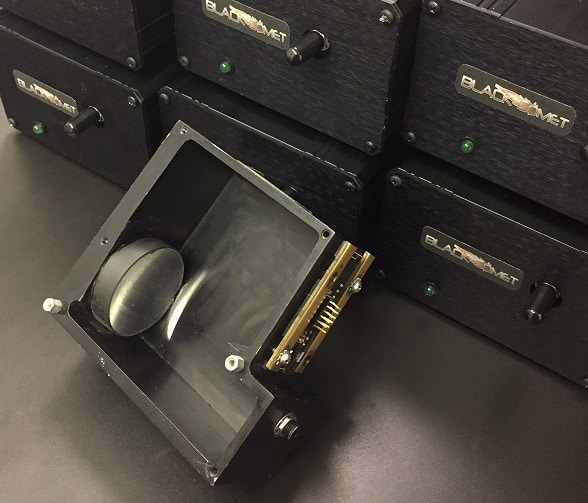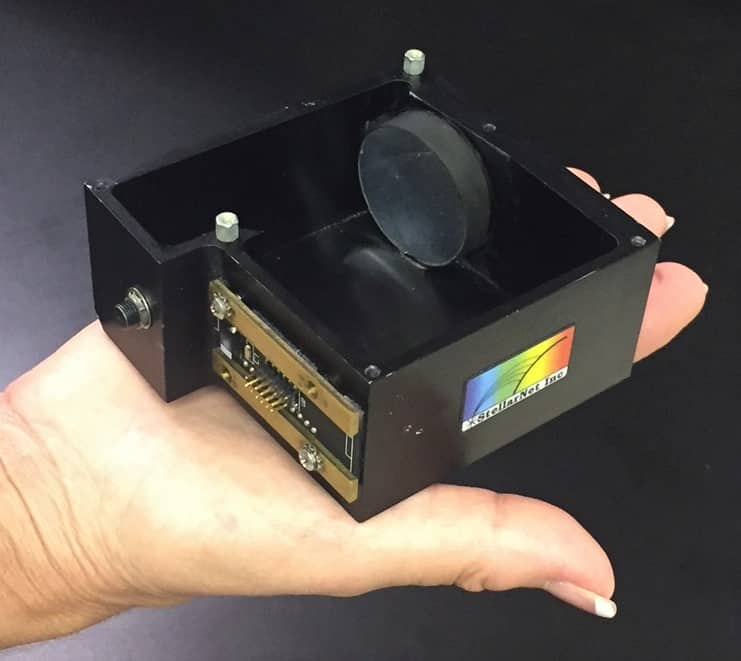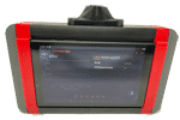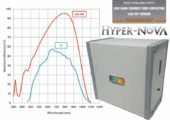Spectroscopy, like most sciences, never stops evolving. Revolutionary techniques, solutions, and instruments are devised every year. With improvements to grating design and optical components, spectroscopy has become an even more powerful tool used to analyze the world around us.
The use of plane gratings in spectroscopy is still popular due to their efficiency and ease of production. However, instruments utilizing plane gratings also require the use of mirrors and other optics, which can introduce aberrations and produce weaker sensitivity at ultraviolet and near-infrared wavelengths.
Most plane grating optics utilize several mirrors in order to properly image the spectrum on the detector. With applications that require the use of UV light, especially UV-Vis absorbance, fluorescence, and solar radiometry, multiple mirrors can be detrimental to the performance of an instrument. In some plane grating designs, UV sensitivity can be weak. The use of a holographic concave grating can eliminate the sensitivity issues and provide other benefits including: stray light reduction, aberration correction, thermal stability, and improved ruggedness. Read the Technical Note








